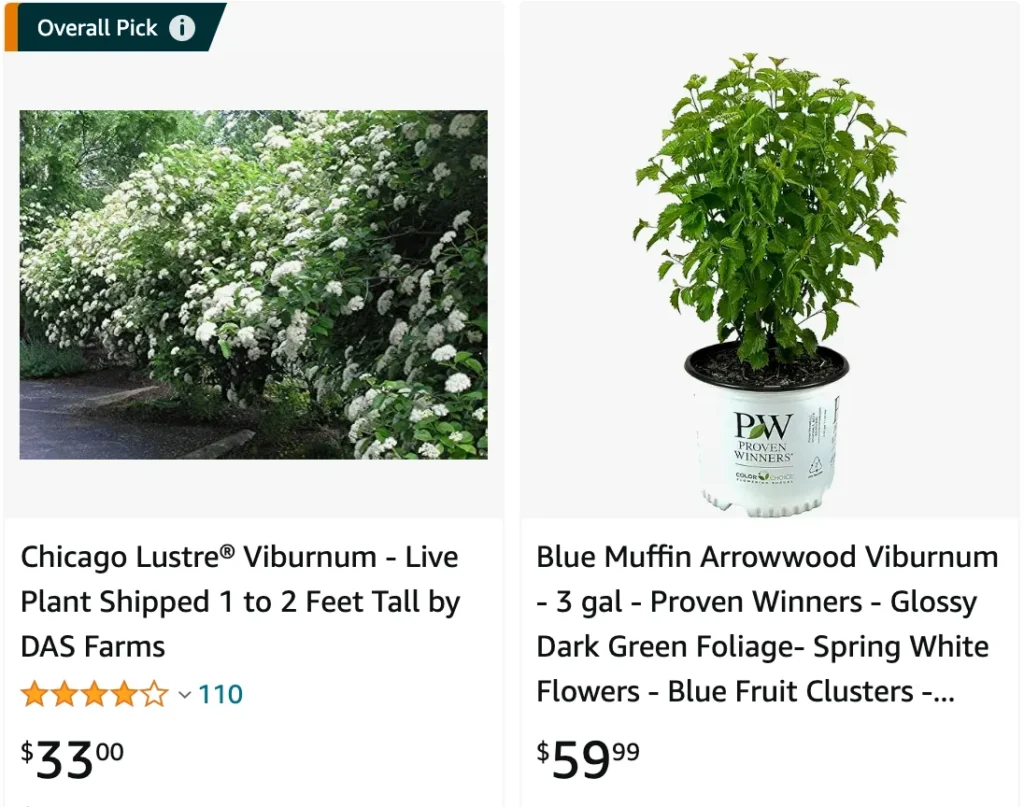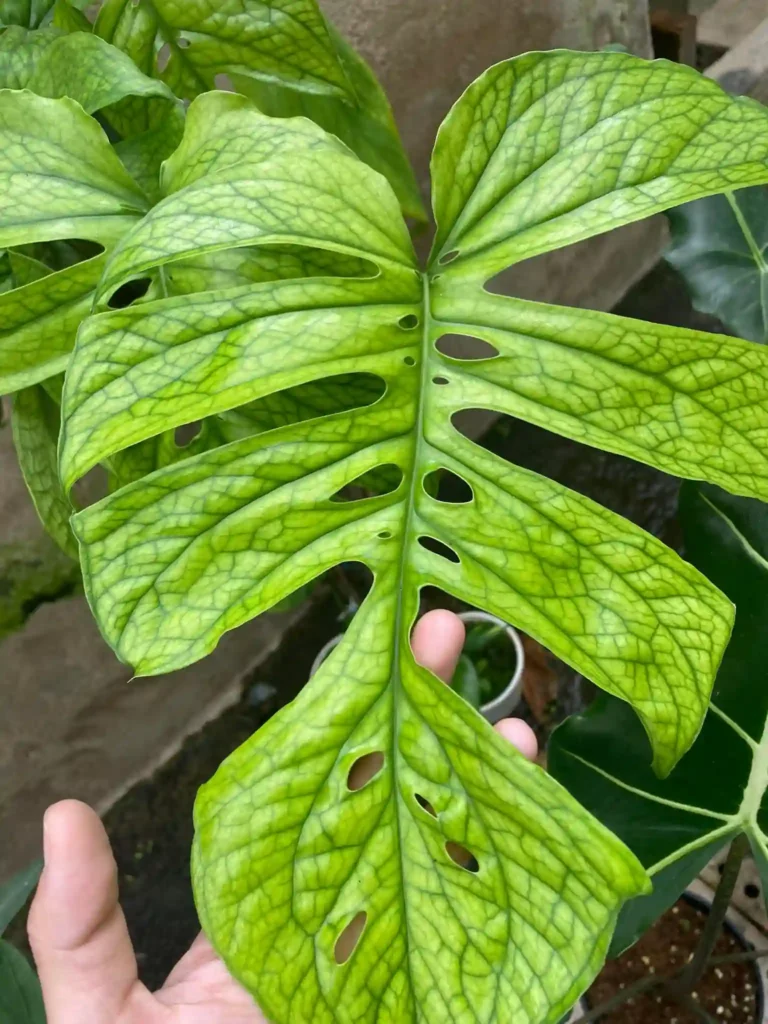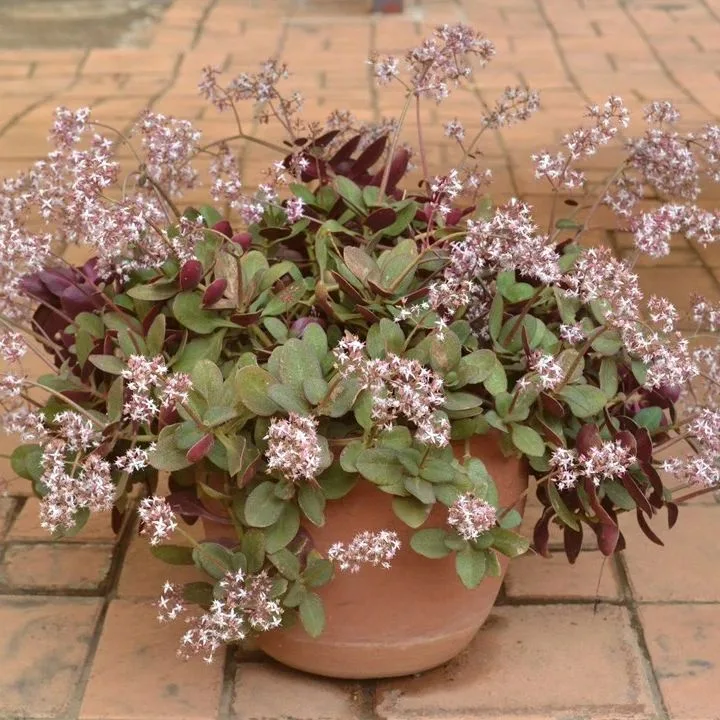
My Love Affair with the Chicago Lustre Viburnum
For years, I’d been searching for a shrub that offered year-round interest in my garden. Something that bloomed with elegance, provided privacy, and maybe even attracted some friendly pollinators. Then, I stumbled upon the Chicago Lustre Viburnum, and it was love at first sight (or should I say, first leaf?).
This multi-stemmed wonder boasts an upright, rounded habit, its crown a canvas of thick, dark green, and undeniably glossy foliage. The name “Chicago Lustre” truly lives up to the billing – the leaves gleam as if perpetually polished, adding a touch of sophistication to any landscape.
206 Species in Genus Viburnum
But the beauty of the Chicago Lustre Viburnum extends far beyond its verdant cloak. In late spring to early June, the shrub explodes with a show of creamy-white flowers clustered in flat cymes. Delicate and fragrant, they resemble miniature snowflakes dancing in the breeze. These blossoms not only delight the senses but also attract a symphony of pollinators, from buzzing bees to flitting butterflies.
As summer wanes, the spent flowers give way to another captivating display – clusters of metallic-blue fruit. These aren’t your average berries; they shimmer with an almost iridescent quality, adding a pop of color that persists from late August through October.
Are the berries okay on Viburnum Chicago Lustre?
The vibrant berries of the Chicago Lustre Viburnum are undeniably tempting, especially for birds who flock to them with gusto. But for us humans, the answer is a resounding no. While not lethally toxic, the berries contain a mild purgative that can cause stomach upset and diarrhea. Best to leave them for the feathered residents of your garden.
Planting and Pampering Your Chicago Lustre Viburnum
Adding a Chicago Lustre Viburnum to your landscape is a breeze. These adaptable shrubs thrive in a variety of soil types, as long as they’re well-drained. They can tolerate full sun or partial shade, although for the most prolific flowering and vibrant foliage color, aim for at least 5-6 hours of direct sunlight each day.
Planting is best done in early spring or fall when the soil temperatures are mild. Dig a hole twice the width of the root ball and slightly deeper. Gently loosen the roots of your viburnum before placing it in the hole, ensuring the root crown sits level with the surrounding soil. Backfill the hole, water deeply, and add a layer of mulch around the base of the plant to retain moisture and suppress weeds.
How to care for Chicago Lustre Viburnum?
Once established, the Chicago Lustre Viburnum is a remarkably low-maintenance shrub. Water regularly, especially during the first growing season and during periods of drought. A balanced fertilizer applied in early spring can give your viburnum a boost, but it’s not strictly necessary.
Light pruning can be done in April and July to maintain the desired shape and size. However, avoid heavy pruning, as this can impact flowering.
Disease and Pest Resistance: A Gardener’s Dream
The Chicago Lustre Viburnum is a champion of resilience. It’s relatively resistant to most common diseases and pests that plague other shrubs. This translates to less worry for you and a healthier, happier plant.
Perfect Partners for Your Chicago Lustre Viburnum
The Chicago Lustre Viburnum plays well with others in the garden. Here are a few ideas for companion plants:
- Spring-blooming perennials: Columbine, Coral bells, and Siberian Iris add a burst of color in early spring and complement the viburnum’s later blooms.
- Summer-blooming perennials: Daylilies, Coneflowers, and Blazing Star provide a continuous floral display throughout the summer months.
- Shrubs: Spirea offers contrasting textures with its feathery foliage, while Redbud adds a vibrant pop of color in spring with its pink blooms.
How to propagate Chicago Lustre Viburnum?
Sharing the beauty of the Chicago Lustre Viburnum is easy. You can propagate new plants through softwood cuttings taken in early spring. Simply select healthy stems with a few nodes, cut them just below a node, and remove the lower leaves. Dip the cut end in rooting hormone and plant the cutting in a pot filled with moist potting mix. Keep the soil consistently moist and provide indirect sunlight. With a little patience, you’ll soon have new viburnums ready to grace your garden or share with friends.
The Chicago Lustre Viburnum has become a treasured member of my garden, offering a captivating display throughout the seasons. With its glossy foliage, delicate flowers, and dazzling berries, it’s a true four-season wonder that requires minimal effort. So, if you’re searching for a low-maintenance shrub that delivers on both beauty and function, look no further The Chicago Lustre Viburnum has become a treasured member of my garden, offering a captivating display throughout the seasons. With its glossy foliage, delicate flowers, and dazzling berries, it’s a true four-season wonder that requires minimal effort. So, if you’re searching for a low-maintenance shrub that delivers on both beauty and function, look no further than the Chicago Lustre Viburnum. It’s a guaranteed conversation starter and a haven for pollinators, making it a welcome addition to any garden.
If i die, water my plants!



